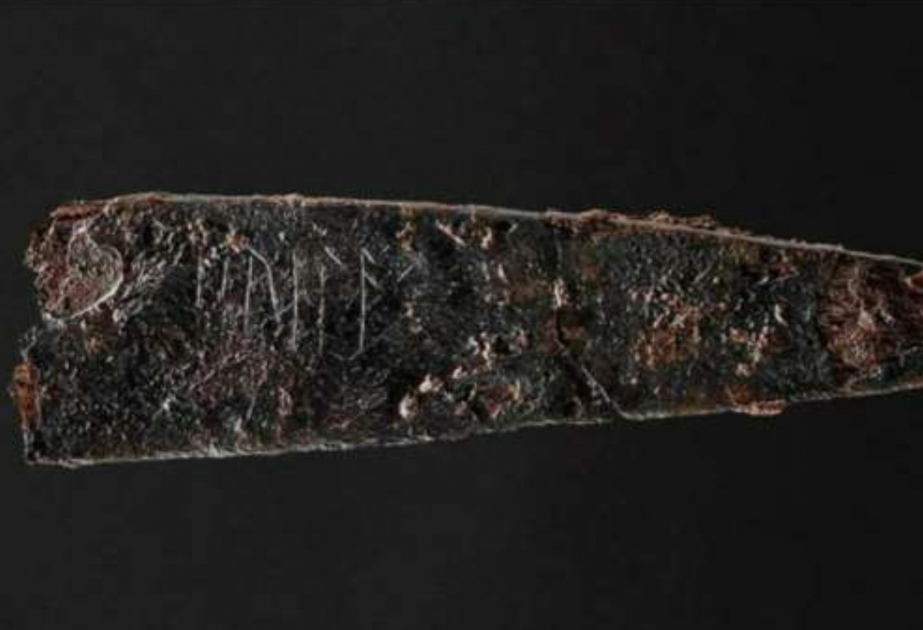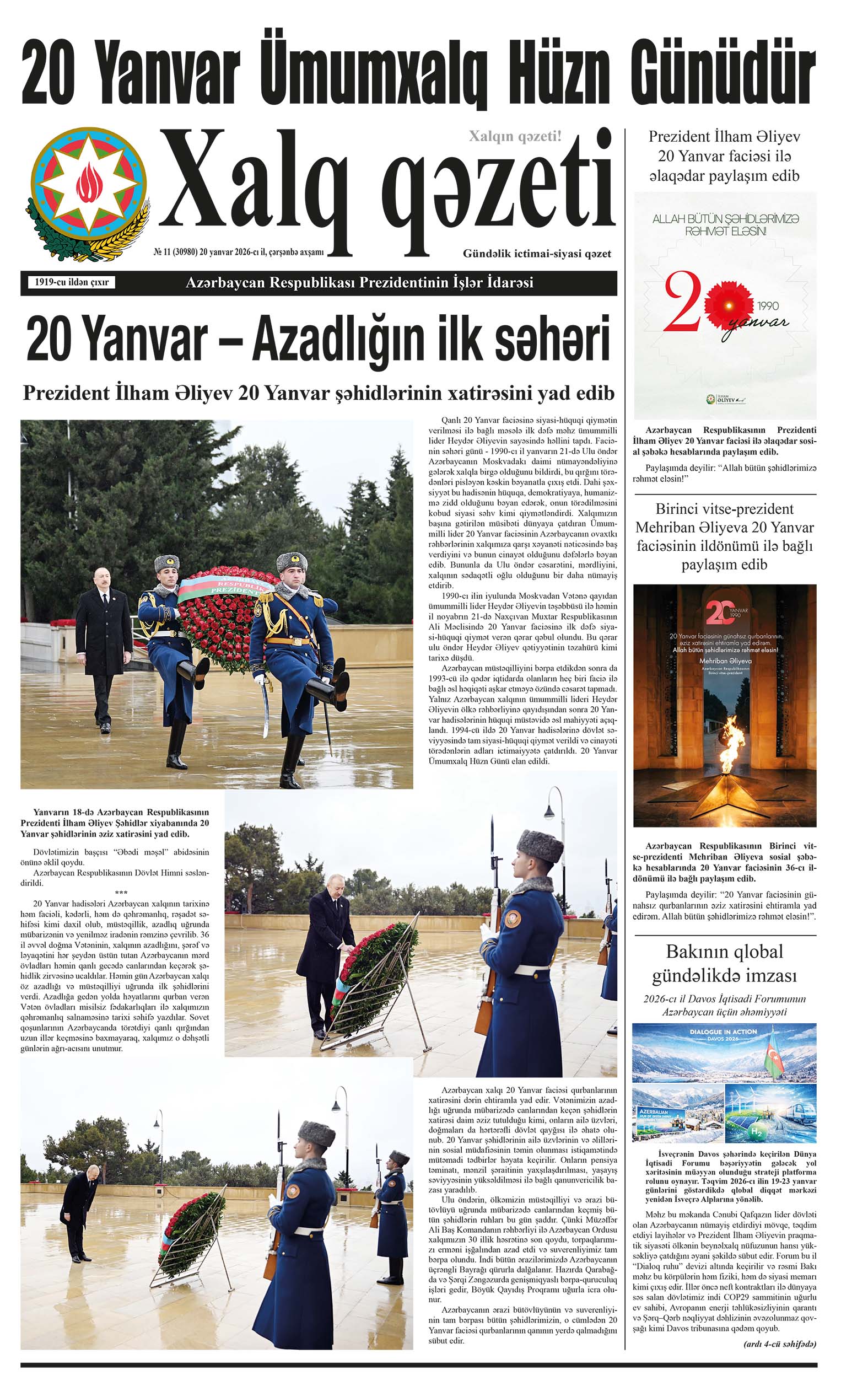Archaeologists have identified a runic inscription on a knife blade dated to almost 2000-years-ago, according to HeritageDaily.
The discovery was made by researchers from the Museum Odense, whom discovered the blade in an urn deposited in a small burial ground east of Odense.
The blade has been dated to around AD 150, predating the runes inscribed on the world famous Jelling Stones by hundreds of years.
Jakob Bonde, an archaeologists from Museum Odense, said: “It is one of the most amazing things an archaeologist can experience because it is an incredibly rare find.”
According to the researchers, the runes on the blade are from the oldest known runic alphabet and consists of five runes translated to mean hirila, which in Old Norse can mean “Little Sword”.
The archaeologists at Museum Odense are unable to definitively determine whether “hirila” refers to the name of the blade or its owner. However, it was clearly a cherished possession to be deposited as a funerary offering 2,000-years-ago.
Lisbeth Imer, from the National Museum, said: “It is incredibly rare that we find runes that are as old as on this blade, and it is a unique opportunity to learn more about Denmark’s earliest written language that was actually spoken in the Iron Age.”
During this period, literacy was not prevalent, and possessing the ability to read and write carried a distinct status and power. The early history of runes reveals that scribes, forming a small intellectual elite, were among the first individuals with these skills in Denmark, with the initial traces of such individuals discovered on the island of Funen.
Only one other example of runes from this period has been found in Denmark from around AD 150, with the discovery of a small bone comb in Vimosen (west of Odense) with the inscription harja.

















